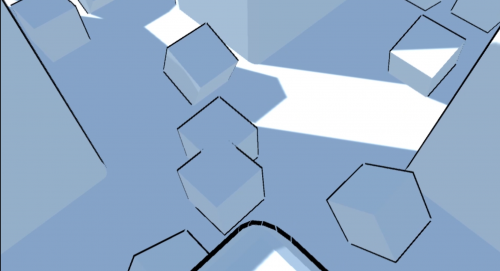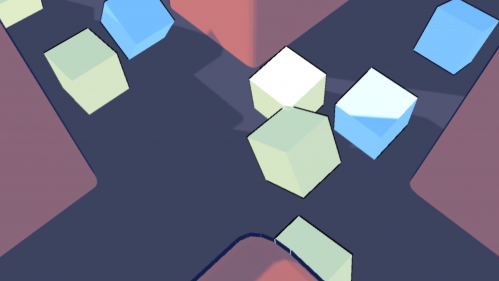Video link: https://youtu.be/YXefaYP2b9U
Context:
This week I was inspired by the book "The art of stillness" written by Helen Nicholson which discusses the relationship between motion and stillness:” Stillness is not, an alternative to mobility, but integral to it.” Moreover, while looking up sources on stillness art I learned about Maeterlinck and his notion of the static drama. He added proper silence and stillness to his drama, arguing that “Thousands and thousands of laws there are, …, but these laws are silent, and discreet, and slow-moving; and hence it is only in the twilight that they can be seen and heard, in the meditation that comes to us at the tranquil moments of life.”
This week I further explore these above two concepts, and try to convey the concept: time is moving, and history is still. History is a summary of time, a pause of time, and it is also as important as “now”.
Method:
I plant to make an interactive project. I watched face detection tutorial on CSDN, and build game world and character animations in Blender. Then integrate them in Unity.
Response:
The main scene of this project is a number of moving cubes, which represents time, and when audience look at the screen (when computer detects human faces), time pauses and the image turns into color. The concept I want to convey through this project is that history is a pause in time, it does not disappear or fade away over time.
Reflection:
After exploring and thinking about the meaning and application of stillness, I finally chose to reflect this theme by showing the relationship between motion and stillness. The unfortunate thing about this project is that there are not enough visual effects, such as motion blur that can be added, etc.
The theme of play and stillness has a lot of potential, and it can stretch out lots of interesting ideas. Making good use of stillness will attract the audience’s attention. For instance, many art works will include brief pauses in a continuous, intense plot or song to relieve tension or grab audience's attention. Another example is the speed bump, which can also be regarded as a application of stillness. On the other hand, stillness leads to more focus on the inner world, such as meditation.
Reference:
Helen Nicholson (2015) The art of stillness, Research in Drama Education: The Journal of Applied Theatre and Performance, 20:4, 427-429, DOI: 10.1080/13569783.2015.1111970
https://blog.csdn.net/GottaYiWanLiu/article/details/90442274

